Lupus arthritis is a puzzle. The symptoms are familiar — joint involvement with pain, tenderness, and swelling, deformities, and incapacitating disease — but distinguishing lupus arthritis from other arthritic diseases is an evolving conversation. Symptoms can be fleeting, physical exams indeterminate, and imaging results inconclusive.

“There is an ongoing debate if tenderness in the absence of swelling constitutes active lupus arthritis and should be scored on activity instruments,” said Anca D. Askanase, MD, MPH, Professor of Medicine and Director of the Lupus Center, Columbia University Irving Medical Center. “The confusion over arthritis definition and scoring impacts patient care and clinical trials.”
Dr. Askanase opened the clinical science session Cutting-Edge Understanding and Approach to Lupus Arthritis on Monday afternoon, Nov. 18, during ACR Convergence. The session will be available on-demand to all registered ACR Convergence 2024 participants through Oct. 10, 2025, by logging into the meeting website.
“The spectrum of lupus arthritis is much wider than what we may have thought of some years ago,” she said.
The first clinical classification for lupus arthritis was published in 1998 with distinct variations: arthralgia; synovitis that is like rheumatoid arthritis (RA); nondeforming nonerosive (NDNE) arthritis; deforming arthropathy, which is Jaccoud’s arthropathy (JA); and erosive arthritis (rhupus). An ultrasound classification appeared in 2019 with a parallel classification that also includes psoriatic arthritis and tenosynovitis, with or without arthritis.
Ultrasound remains the most accessible imaging modality in many clinics, Dr. Askanase said. MRI adds detail, but it is not always available or affordable.
Advanced optical imaging such as frequency domain optical imaging (FDOI) and dynamic optical tomographic imaging (DOTI) are emerging, she added. Early work suggests the potential for in-office or at-home monitoring of hand arthritis using optical imaging gloves.
Work in molecular markers is beginning to produce results. NDNE is the most common subtype and the best studied. It is characterized by a type 1 interferon serum signature, myeloid-lineage cells, activated T-cells, and Th17-cells in synovial fluid, synovial interleukin 6/17A (IL-6/17A), and interferon-inducible gene signature.
JA is characterized by matrix metalloproteinase 3 (MMP3) and MMP12 serum biomarkers and dendritic cells in the synovial fluid. Rhupus is associated with rheumatoid factor (RF), anti-citrullinated peptide antibodies (ACPA), and anti-carbamylated protein (anti-CarP) serum biomarkers.
There is a significant knowledge gap in the management of inflammatory lupus arthritis, Dr. Askanase said. Clinical studies suggest that about one-third of patients with subclinical synovitis on ultrasound develop clinical progression in joint manifestations. Patients without subclinical synovitis do not tend to progress.

Distinguishing lupus arthritis from rheumatoid arthritis (RA) is not easy, said Vivianne Malmström, MD, PhD, Professor of Medicine, Karolinska Institutet, Sweden. Symptoms overlap, and lupus is a heterogeneous disease with most research attention focused on lupus nephritis. Lupus arthritis is not as well characterized.
In RA, patients who are ACPA-positive/RF-positive have a distinct human leukocyte antigen DR (HLA-DR) association that is not seen in seronegative RA, Dr. Malmström explained. Lupus can also be subdivided based on autoantibodies and HLA genetics.
Improved imaging has shown that lupus arthritis can be erosive. Clinical presentation covers a wide spectrum, from arthralgia without swelling to arthritis with erosions and deformities.
“There are so many things we don’t know about lupus arthritis,” Dr. Malmström said. “But we have a Th17 signature, a neutrophil signature, and not so many B-cells. There is more to learn.”
There is also more to learn about treating lupus arthritis.

“Developing a treatment approach for lupus arthritis is difficult,” said Kenneth Kalunian, MD, Wolfe Family Director, University of California San Diego Lupus Center of Excellence. “We don’t know everything about the pathogenesis, we don’t know much about diagnosis, which joints are involved, or how we define success.”
It was clear in as early as 2017 that about one-third of patients have subclinical synovitis on ultrasound, he explained. Then in 2022, a narrative literature review found that synovitis is the predominant symptom in RA, and tendonitis and tenosynovitis are more common in lupus arthritis.
Early inflammatory and structural changes in synovitis and tenosynovitis can be detected by MRI and ultrasound, but clinically relevant cases of both are underestimated by clinical exam and disease activity instruments in lupus.
There are no options with proven efficacy for the joint manifestations of lupus arthritis, but musculoskeletal benefit has been demonstrated in trials with belimumab and anifrolumab.
The 2020 International Italian Group for the Study of Early Arthritis (GISEA)/OEG symposium identified three familiar subtypes of lupus arthritis based on biomarkers and MRI: NDNE, JA, and rhupus.
NDNE is the most common subtype with 80-85% prevalence, Dr. Kalunian noted. MRI findings include type 1 interferon signatures and capsular and tendon inflammation.
JA has a 3–13% prevalence with upregulated MMP-3 and downregulated MMP-12. MRI findings include capsular and tendon inflammation.
Rhupus has a 3-5% prevalence. Biomarkers include RF, ACPA, and anti-CarP. MRI findings include synovial hyperplasia and bone erosions.
Potential treatment approaches for NDNE include first-line glucocorticoids or methotrexate, and second-line belimumab or anifrolumab. Approaches for JA include glucocorticoids, methotrexate, and hydroxychloroquine. Potential second-line therapy includes belimumab or anifrolumab. Rhupus can be treated similarly as JA with the addition of thioredoxin as third-line therapy.
“We have much to validate,” Dr. Kalunian said, “but it appears that the small joints in the hand, wrist, and feet are more important than larger joints in lupus arthritis.”
Register Today for ACR Convergence 2025

If you haven’t registered for ACR Convergence 2025, register today to participate in this year’s premier rheumatology experience, October 24–29 in Chicago. All registered participants receive on-demand access to scientific sessions after the meeting through October 31, 2026.
